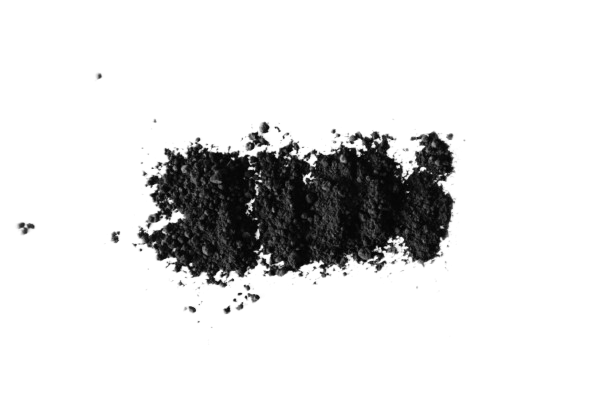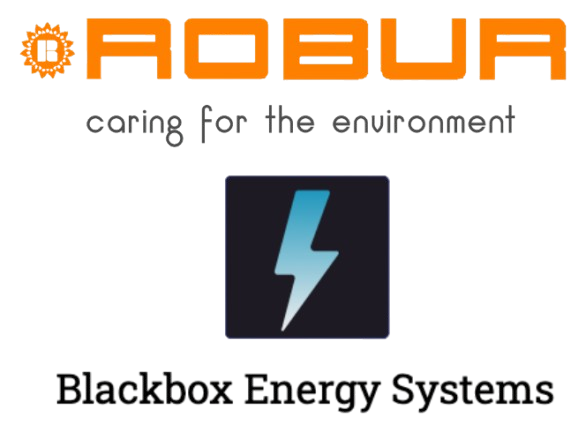How Exactly Does Watogy Work?
Read on to learn how Watogy is capable of power generation by using waste as fuel.
Step-By-Step
-

Step 1: Preprocessing
Waste is ground into small pieces and dried to an optimal moisture level.
-

Step 2: Combustion
The waste is metered into Watogy. It then enters the combustion chamber and releases energy in the form of heat.
-

Step 3: Separation of Inert Material and Gases
Watogy separates gases from inert material using centrifugal force.
-

Step 4: Heat Exchangers
Resulting heat energy enters the modular heat exchangers, where it is turned into electricity, cooling, and more.
Preprocessing
For Watogy to process waste, it must be ground into pieces about ¾” in diameter using an attached grinder. Then, the waste is dried to ~60% solids using leftover heat from previous combustion.
The video above is a simulation of the grinder.
After preprocessing, the waste enters a 2,200°F combustion chamber. Our patented processes ensure ~99% surface area combustion, making it cleaner and more efficient than traditional methods.
Combustion
The video above shows wastewater treatment plant sludge being fed into the combustion chamber.
Separation of Gases and Inert Material
After the first combustion chamber, gases and inert material enter a second chamber. Heat energy from the combustion chambers rises into our heat exchangers.
Any remaining combustible particles are combusted. Non-combustible particles are directed into a particle precipitator, which is emptied regularly.
Resulting heat energy enters modular heat exchangers. The energy is directed to each heat exchanger based on required energy types. Watogy's outputs include electricity, HVAC, refrigeration, steam, hot water, and harvested atmospheric fresh water.
We’re proudly partnered with Robur and BlackBox for producers of heat exchangers.


